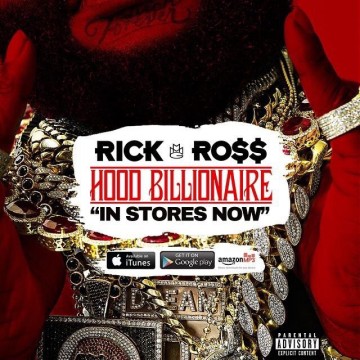Daily 30: Mon 09.08.2014
Beyond The Headlines!
10mo
Speaks On The Legendary Battle!
10mo
Say What?!
10mo
Dipset
10mo
10mo
Dope Sh!t
10mo
'97 Classic
11mo
Ohh Kill 'em!
10mo
10mo
10mo
Hmmm A New Virus?
10mo
10mo
Smash Of The Day
10mo
That Turn Up
10mo
Happy Birthday
10mo
Sports News
10mo
1y
Award Winning Short!
1y
1y
10mo
Kick Game!
10mo
R.I.P.
10mo
11mo
10mo
10mo
Powerful!
11mo
1y
Must Watch!
10mo
11mo


































